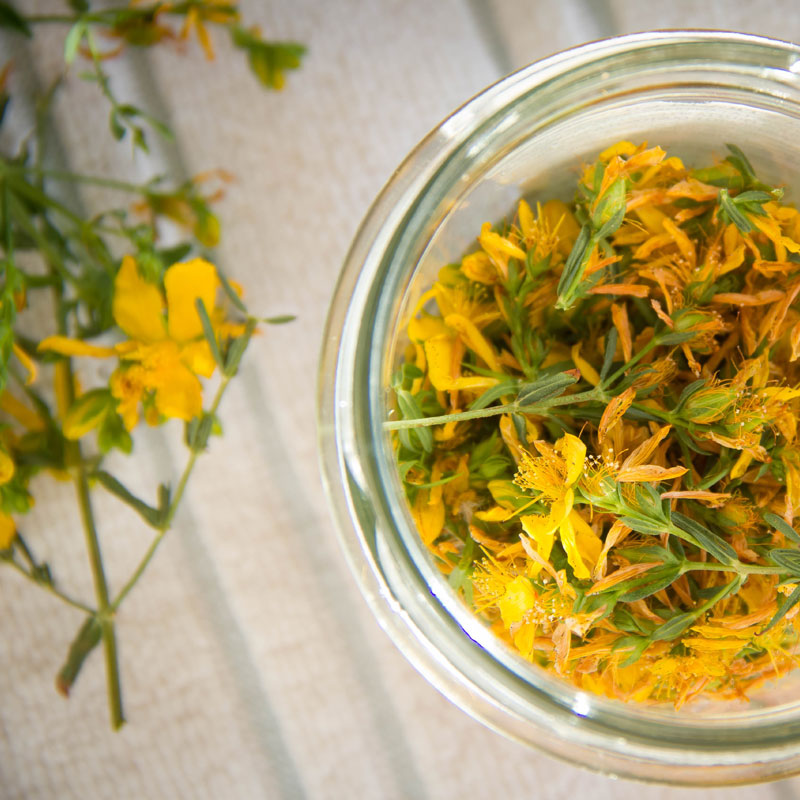The herbs of Roccolo
Our choice of wellbeing starts with the cultivations, which the farm has been carrying out for years with the organic farming method; The collection of the medicinal plants that will be distilled is carried out entirely by hand, in compliance with the correct balsamic TIME of each species (when the plant has the highest concentration of active ingredients), and as usual in the very early morning. Steam distillation is carried out at the most within the next 12 hours, to preserve every precious component present in the flowers and in the fresh branches and in the leaves. From distillation, we obtain hydrolates and essential oils;
The Lavender
The Lavender Hibrida: The name of lavender is a direct Latin derivation. It is the gerundive of the Latin verb lavaggio, as it was used already in Roman times or in any case in ancient times for the perfume of water for washing. Ancient peoples paid much attention to personal hygiene and perfumes, oil-based and widely used, as evidenced by both written sources and findings of glass vases, even of small dimensions, where the precious essences with which perfume the body and clothes. The use in the thermal area was very wide. the essential oil of lavender brings calm and serenity, removes anxieties and agitation, calms the inquetudini and relaxes the soul, conciliating a good rest. When used topically, lavender essential oil has an antiseptic, soothing, repairing and healing action. It is among the most delicate essential oils to be applied to the skin, so it is also suitable for use on the little ones.
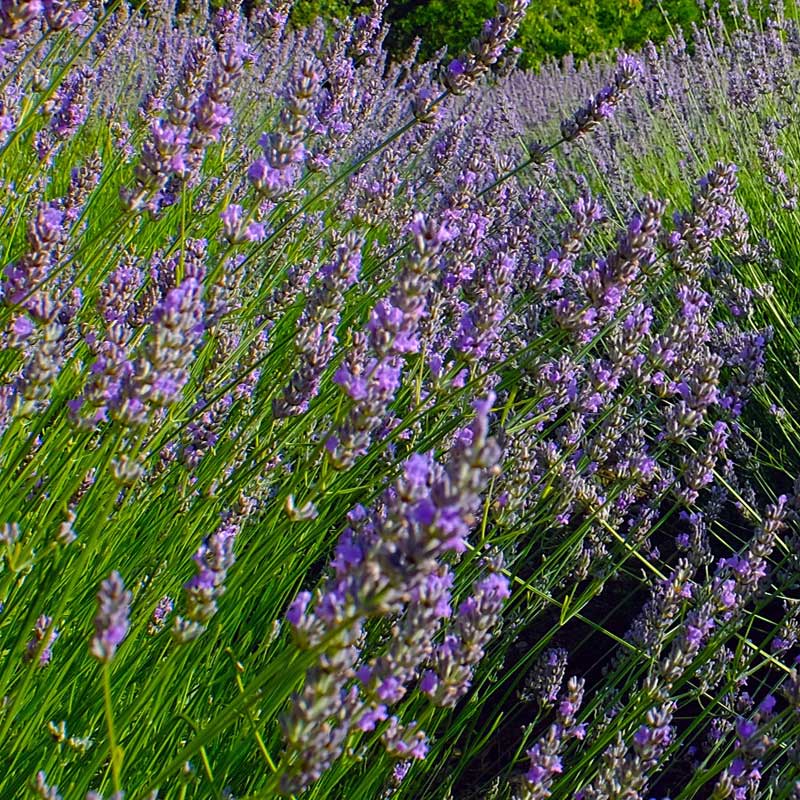
The Lavender Angustifolia Miller
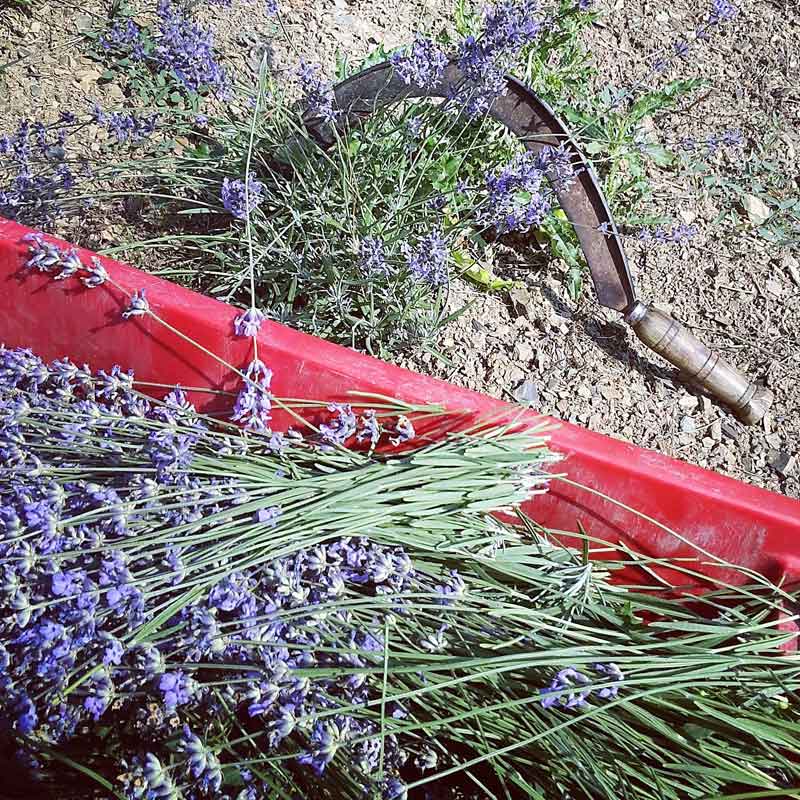
The Lavender Angustifolia Miller: Among all the many varieties of lavender used for healing purposes, that angustifolia is considered fundamental for a number of reasons: first of all the essential oil produced by its flowers is extremely versatile as it mixes well with other oils and also multiple therapeutic actions are attributed to him. In aromatherapy, it is used as an antidepressant, tranquilizer, balancing of the nervous system, as a decongestant against colds and the flu. It is also considered effective for lowering blood pressure, reducing digestive problems and is mixed with other homeopathic substances to treat back pain and earache. [23] The flowers are edible (edible) and can be used for prepare desserts, biscuits or risotto and gnocchi.
The Rosa Centifoglia and the Rosa damascena
The Rosa Centifoglia and the Rosa damascena: The rose are recognized innumerable virtues, enclosed in its essential oils, which make it one of the most used extracts in cosmetic products. The rose is an antiseptic, an astringent both for internal use and for external use and a refreshing one. Its flower contains gallic acid, gallic tannin, flavonous glucoside, etheric oil, wax, glucose, coloring substances and mineral salts. The oldest beneficial effect dates back to 1350 AD with rose water, refreshing action, prepared with petals and seeds, which was often used to lower fever, reduce inflammation and remove excessive heat from the body. The rose is used in cosmetic products to cure all these types of skin because it soothes irritation, moisturizes and heals. The rose cosmetic formulas cure redness and cuperose of the face, the rose essence also has vasoconstrictor properties. The cosmetic products based on rose essence are also anti-aging and are ideal for rebalancing the asphyxiated and stressed skin, and for firming the tissues. The active principles of rose essential oil allow the skin to remain elastic, toned and youthful, slowing down the formation of wrinkles. In addition, the natural substances of the rose help skin cells to preserve a liquid that together with the protein substances (collagen) is responsible for the skin tone.

Rosemary
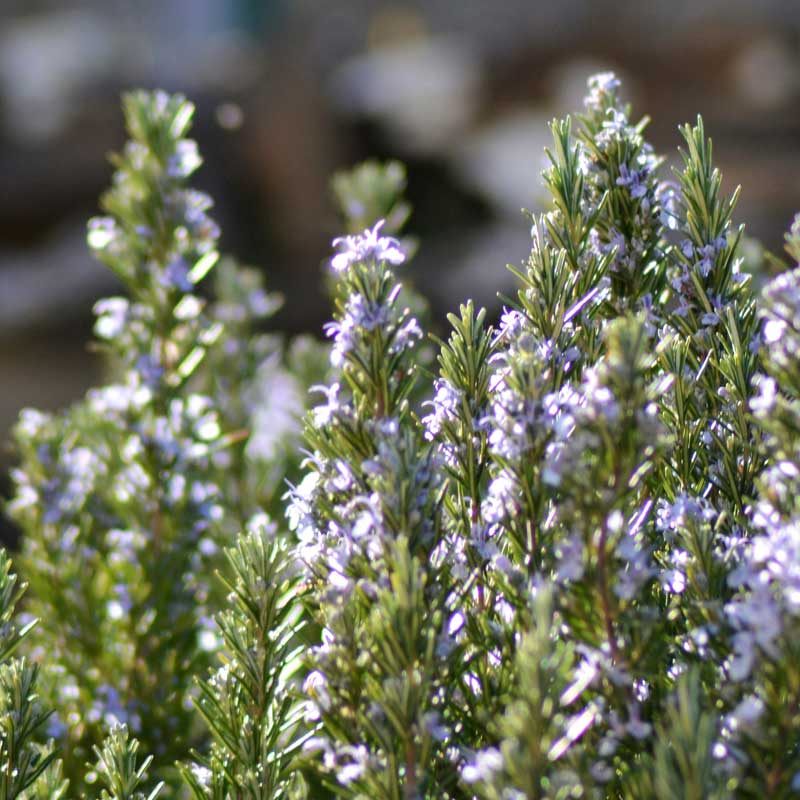
Rosemary Rosemary extract is used on the skin as a healing, vasodilator and peripheral stimulant in massage preparations, as a skin purifier in shampoos, shower baths, bath oils and specific products for the treatment of acne, as an astringent in the preparation of toothpastes , as an antimicrobial in anti-pediculosis lotions. The pleasant scent makes it a component suitable for the formulation of eau de toilette, deodorants and perfumed lotions. It does not present particular contraindications to normal concentrations of use, except to vary the color of the finished product.
The Salvia Sclarea or muscatel grass
The Salvia Sclarea or muscatel grass, is a herbaceous plant belonging to the Lamiaceae family that reaches a height of one meter producing large leaves; biennial and fragrant, it often grows spontaneously decorating the environment with its small blue / purple flowers. Since ancient times it is known for its properties capable of treating typically female problems, disorders of insomnia, related to anxiety and nervousness; it is generally preferable to salvia officinalis due to the lack of contraindications of the best known sister.
Clary sage hydrolat is used for its anti-inflammatory, antibacterial, dermo-purifying and firming properties.

Helichrysum
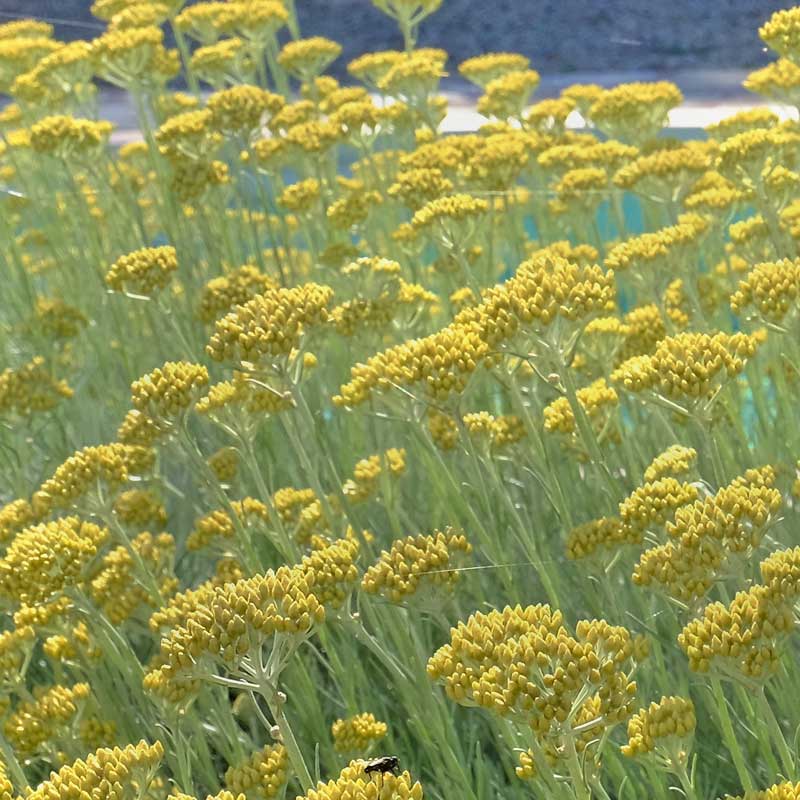
The helichrysum, from the Greek “Helios chrysos” or “sun of gold” is a typical Mediterranean summer plant with innumerable properties. With its flowers an oil is prepared, used for its anti-inflammatory, fungicidal and astrigent properties; it gives relief to reddened and chapped skin and is an excellent after-sun – Helichrysum hydrolat. Helichrysum hydrolate promotes cellular regeneration and is also a good antioxidant. Stimulates and tones the body, helps to treat scars, acne and other skin problems.
St. John’s wort
The St. John’s Wort oil we have prepared and used for the preparation of our ointments is an oil obtained from the maceration of the flowers in extra virgin olive oil. This oil has a powerful healing action, very useful in case of burns, burns and after sun. Natural “carotene” tank (terpene provitamin contained in carrots and in numerous vegetables to which it gives red or orange coloring, which our body transforms into vitamin A) and flavonoids (hypericin, rutin, quercetin and hyperoside)
